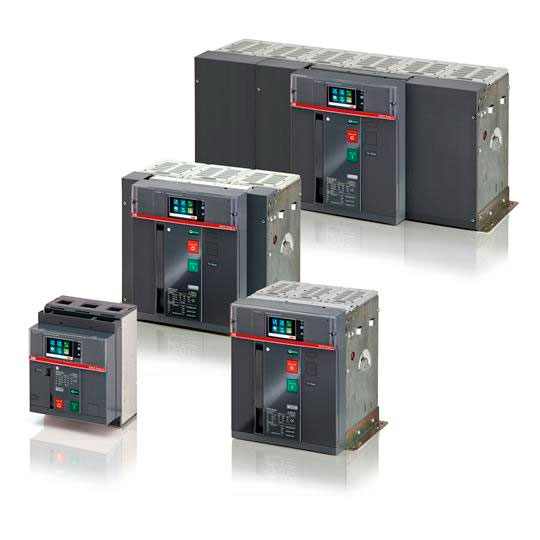Dimensional management in modern manufacturing demands more than just accurate geometric tolerances—it requires data consistency, traceability, and automation across the entire product lifecycle. Traditional practices like annotated PDFs and Excel-based inspection plans introduce risk and inefficiency by detaching product and manufacturing information (PMI) from the 3D model. Siemens’ NX Inspector addresses this challenge through the introduction of Model-Based Characteristics (MBC)—standards-compliant, machine-readable data objects that convert each PMI requirement into a uniquely identified, traceable element within the CAD environment.
This study highlights the first CAD-native implementation of the Digital Metrology Standards Consortium (DMSC) MBC specification, allowing seamless integration with downstream tools via neutral formats like QIF and PLMXML. Key benefits include automated inspection planning, reduced manual errors, and enhanced design-for-inspection workflows.
Model-based characteristics mark a pivotal shift from document-based to data-driven dimensional control, establishing a reliable digital thread that supports robust, auditable, and interoperable model-based enterprise (MBE) practices.
Read the article
CASE STUDY
In this technical case study, we illustrate how EnginSoft engineers helped ABB to optimize the design of the Emax2 project.
tolerances electronics mechanics eztol cetol